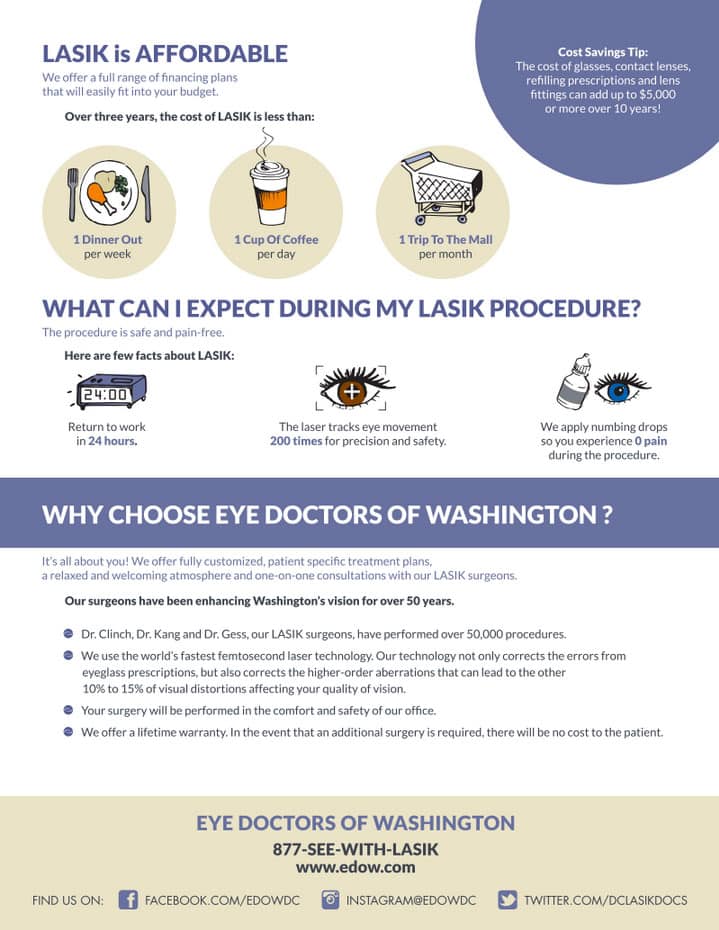Vision Rectification Using Lens Substitute: A New Period Visible

Short Article Created By-Deleuran Boesen
Envision a future where you no more need to count on glasses or contact lenses to see plainly. A future where vision modification is as basic as a quick, painless treatment.
Well, that future is closer than you could assume. Presenting refractive lens exchange, a cutting edge strategy to fixing your vision that could change the way you see the world.
However just what is refractive lens exchange, and why is it thought about the future of vision correction? In this discussion, we will check out the benefits, the procedure, and the possible dangers of refractive lens exchange, giving you a glimpse into what exists in advance for those looking for more clear vision.
The Benefits of Refractive Lens Exchange
Refractive Lens Exchange provides countless advantages for people seeking vision correction. By changing your all-natural lens with a fabricated intraocular lens, this treatment can deal with a wide variety of vision troubles. Among the major benefits of refractive lens exchange is the enhancement in visual acuity. Whether you're nearsighted, farsighted, or have astigmatism, this treatment can considerably enhance your capability to see plainly without relying on glasses or get in touch with lenses.
In https://blogfreely.net/cedric83sam/discover-if-the-kamra-inlay-could-be-the-optimal-choice-for-your-needs , refractive lens exchange can additionally avoid the progression of particular eye conditions, such as cataracts. This suggests that not just will you achieve much better vision, however you'll also have a minimized risk of developing cataracts in the future.
With refractive lens exchange, you can appreciate enhanced vision and a better of life.
The Procedure for Refractive Lens Exchange
When undergoing refractive lens exchange, the surgeon will begin by making a tiny laceration in your cornea. This allows them to access the lens of your eye and remove it.
Here are five vital actions associated with the procedure:
- The surgeon will very carefully break up the lens using ultrasound waves or lasers.
- After eliminating the lens, they'll insert a new man-made lens, called an intraocular lens (IOL), into your eye.
- The IOL is made to correct your specific vision problems, such as nearsightedness, farsightedness, or astigmatism.
- Once the brand-new lens is in location, the specialist will close the cut with small stitches or self-sealing strategies.
- The entire procedure typically takes less than half an hour and is commonly executed on an outpatient basis.
Adhering to these actions, refractive lens exchange can supply you with enhanced vision and reduce your reliance on glasses or call lenses.
Possible Threats of Refractive Lens Exchange
Prior to undertaking refractive lens exchange, it's important to comprehend the potential threats associated with the procedure. While refractive lens exchange is typically taken into consideration risk-free, like any surgical procedure, there are risks involved.
One possible danger is infection, which can take place if germs goes into the eye during or after the surgical procedure. One more threat is the growth of increased intraocular pressure, which can result in glaucoma. In addition, there's a small chance of experiencing corneal edema, which is the swelling of the cornea.
Other possible risks include retinal detachment, macular edema, and loss of vision. It's vital to talk about these dangers with your surgeon and consider them versus the prospective advantages prior to deciding.
Verdict
So there you have it, people! Refractive lens exchange is genuinely the future of vision adjustment. With its various benefits and developments in innovation, this procedure offers a life-altering option for those struggling with their vision.
Yet bear in mind, every increased has its thorns. While refractive lens exchange might bring quality, it is very important to be aware of the potential dangers entailed. So, prior to taking go here , evaluate the advantages and disadvantages, and seek advice from your ophthalmologist.
After all, far better risk-free than sorry!

